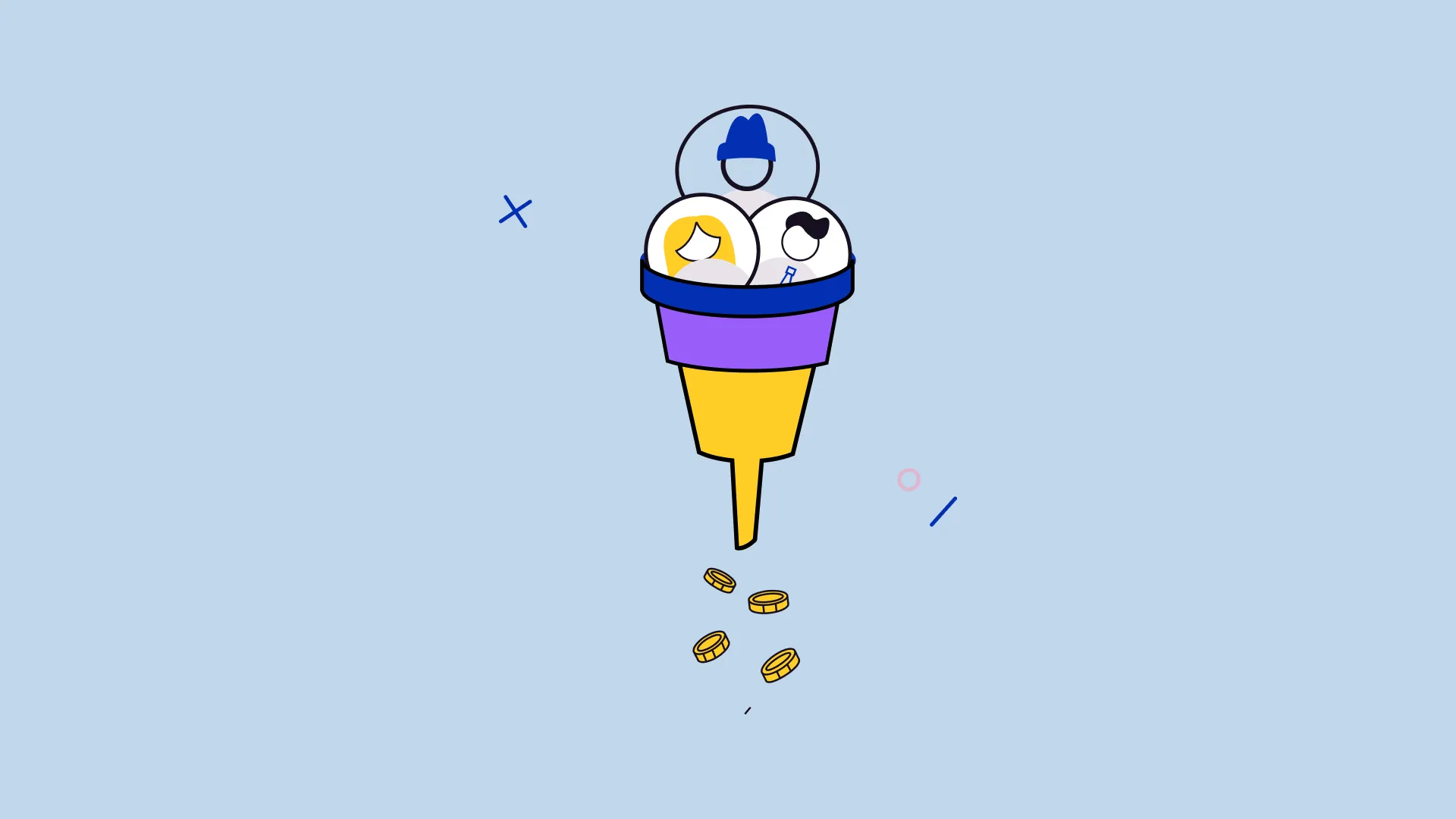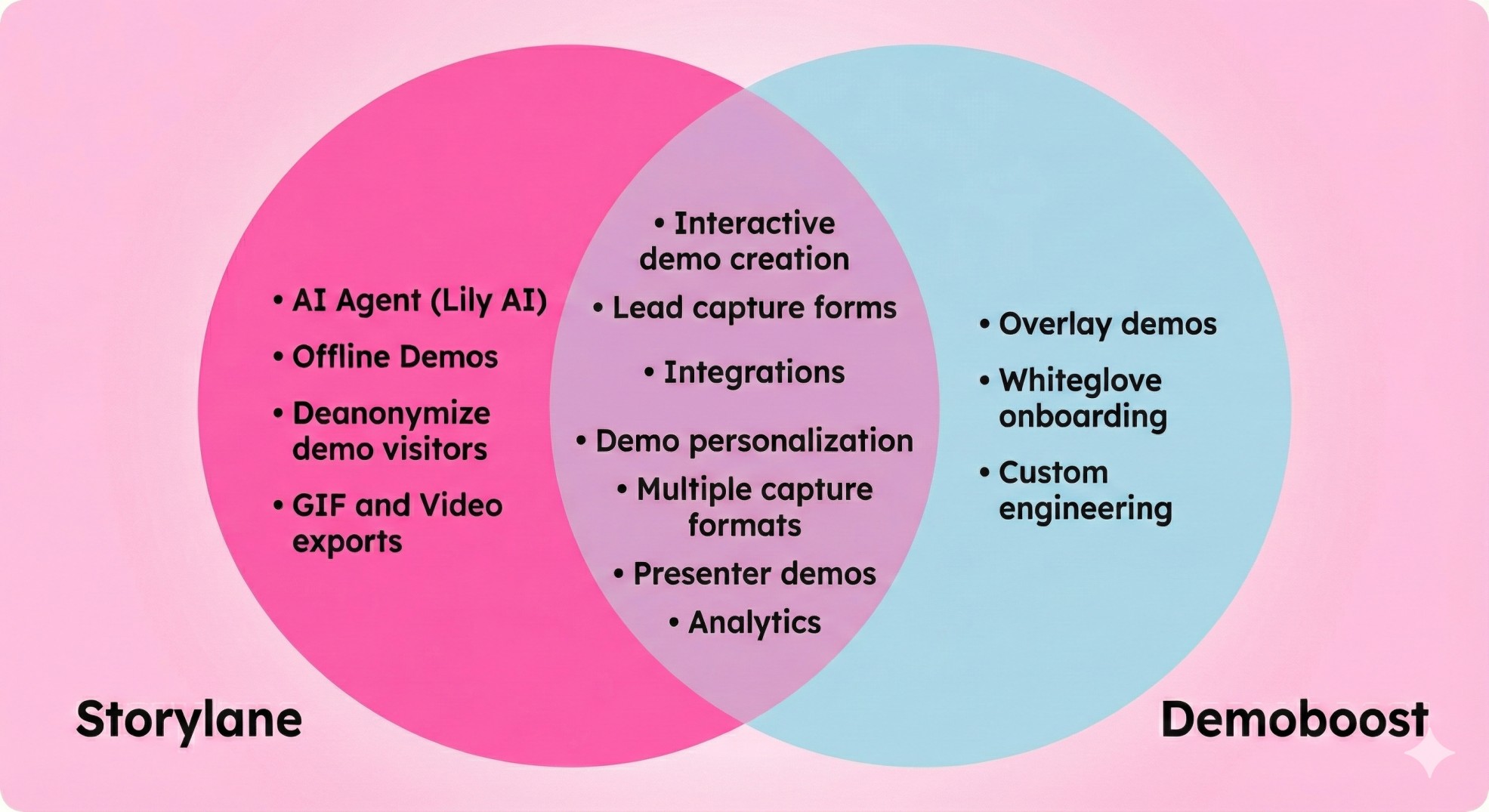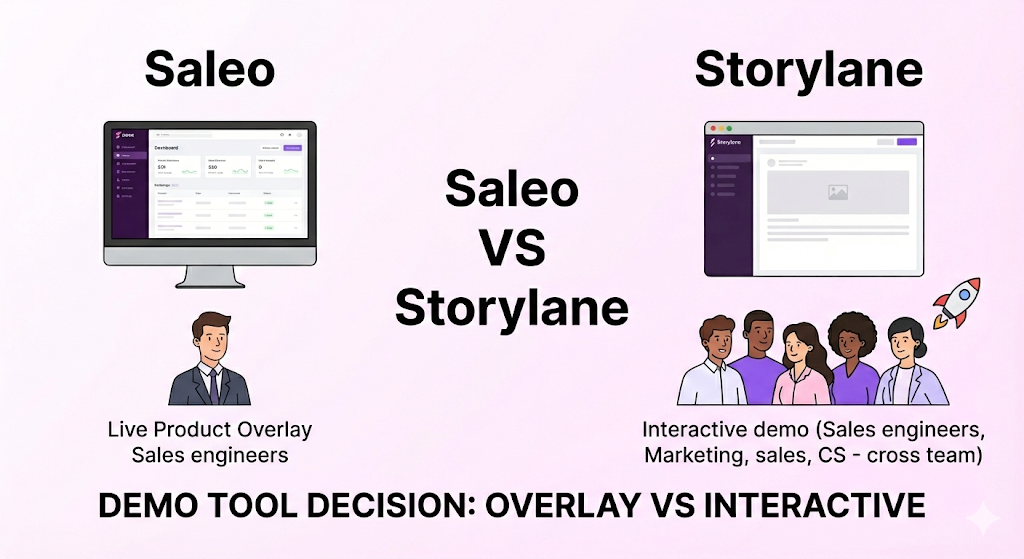Do you feel like your business is failing to attract customers?
Modern consumers have countless options, and businesses have just as many—it's getting more complex than ever for companies to get noticed.
You have clients and prospects everywhere, but only a few contacts you and others are simply out of your reach, ready to get snatched by your competitors.
Marketing funnels ensure that your message reaches the people you want to reach. It determines how people who visit your website are nurtured into sales leads and eventually make a purchase.
These lead generation and conversion tactics will get better results for your business and keep your budget in check.
This step-by-step guide on marketing funnels will provide insights on how to create and develop marketing funnels for your business.
Let's start with a simple definition of marketing funnels.
What is a Marketing Funnel?
A marketing funnel is a series of steps that you can use to guide your customers through the process of learning about, trying, and buying from your business.
These series of steps include a variety of marketing tactics and strategies, such as social media posts or emails. The goal of a marketing funnel is to move visitors through each step until they finally reach your sales page or landing page where they can buy your product or service.
There are numerous variations of the funnel, and no single version is considered to be standard. Some have many stages; others have few with different names for each action by the business or customer. However, when we look at a typical marketing funnel, it has only three stages:
- An awareness stage is where customers become aware of the product or service.
- A consideration stage where customers think about buying: this is where you build credibility and trust by providing valuable content that helps them make their decision.
- A conversion stage is where the customer buys from you. This is where you close the deal and get paid!

Let's understand each stage in detail:
Stages in Marketing Funnel
A marketing funnel works via stages, which can be visualized as a pyramid.
The broadest section at the top pulls in many people (Top of the funnel) and narrows to the middle section (Middle of the funnel), and finally ends with the narrowest section at the bottom (Bottom of the funnel).
When the user flows through the stages, their intent and interest increase, this is a fundamental concept that allows you to increase the value of your marketing efforts by focusing on specific audiences at different stages.
Let's look at the bigger picture.
Stage 1: Awareness/Problem recognition (TOFU).
This is the top funnel stage, where the user recognizes the problem and wants to know what to do about it. They are most likely searching for solutions at this stage, and your marketing channels need to be aligned with that intent.
This is where awareness campaigns come into play. You can create content like infographics or videos that educate users on a specific topic and funnel them down into the next stage.
You want to attract as many users as possible with your marketing efforts at this stage. This is when you should consider using the following tactics:
- Display ads on social media and search engines.
- Email campaigns targeting specific groups of people.
- Content marketing with blogs, infographics, and videos.
You can also use multiple strategies to reach this audience and get them to take action. These actions can be in the form of downloading an eBook, signing up for a newsletter, and more.

Stage 2: Consideration (MOFU).
This is the stage where users actively seek solutions to their problems. They have already decided that they want to solve a particular problem and are looking for ways to do it.
You’ll find them Googling keywords related to your industry, reading blogs, and watching videos. In this stage, you’re trying to get as many people as possible into your funnel so that you can convert them into customers at a later stage.
You want to use this stage to build trust with your audience by providing valuable content.
Stage 3: Evaluation of alternatives (MOFU).
While stage 2 is for educating your audience about the problem, this stage is for educating them about the solutions available to solve it.
You want to get your audience thinking about the options they have in front of them so they can compare the different solutions and decide which is best for their situation.
This is where you need to provide value by helping your audience evaluate different alternatives so that they can make an informed decision about what product or service will work best for them.
Remember that they are comparing different solutions and weighing their pros and cons. This is an important stage because users decide whether or not they want to buy from you.
As a SaaS company, you need to be able to help your users decide what solution is best for them. If you can do that, you’ll see a lot more conversions.
This is where the role of the interactive demo comes in. It gives your users a first-hand look at how your product works and allows them to see the value of your solution. It’s not enough just to tell people what you do; you need to show them why they should care about it.
The advantage is that most companies only allow their users to see the value of the product only after opting to buy it. But the interactive demo allows you to show users what they miss out on if they don’t have an account with you.
Storylane helps you build such interactive demos in minutes with a drag-and-drop editor. It also comes with rich editing and auto-personalization features, allowing you to deliver the user experience you love.
Stage 4: Making a purchase decision (BOFU).
The next stage is to get people to make the purchase decision. You need to show them how easy it is and what they can do with your product. This could be done by showcasing real-life examples, testimonials, or case studies.
As most users make their decision in the last stage, the best way to get them to make a purchase is by showing them what they can do with your product via an interactive demo.
One of the best examples of this is Ignition. They used an interactive product demo on their website to showcase the user experience. The product demo was simple and easy to use, which made it much more appealing than just text or images alone.

As a result, they have boosted their conversion rate by 20%. You can even achieve more when you use Storylane, as it helps you show the user the value of your product in a more appealing way.
Recommended: Guide to marketing enablement process
How To Create a Successful Marketing Funnel?
Now that you are familiar with the basic concepts of what a marketing funnel is, how it works, and the types of content needed to achieve your business goals—let's look at some simple strategies for building one:
1. Study your target audience.
A marketing funnel is a way to reach your target audience and convert them into customers. The first step in building a marketing funnel is understanding who your customers are and what they want.
This means you need to research them—you should know their demographics, likes, dislikes, interests, etc. Creating buyer personas can help you to do that. Buyer personas are a way to represent your target audience in the form of fictional people.

They are based on actual research, but they are not real people; instead, they help you focus on what matters most when building a marketing funnel.
2. Create valuable content for each stage of the funnel.
Once you know your buyer personas, it’s time to create valuable content for them. This could include blog posts, videos, infographics, and more. The key is to ensure that each piece of content has a clear call to action so that people can take action and move down the funnel.
You should also focus on creating content that appeals to each stage of the buyer journey—not just one type of content (like educational).
For the top funnel, the best-suited content types are,
- Blog posts,
- Ebooks,
- Interactive content,
- Podcasts,
- Videos,
For the middle funnel stage, the best-suited content types are,
- Whitepapers,
- Webinars,
- Educational articles.
For the bottom funnel stage, the best-suited content types are,
- Case studies,
- Interactive demo,
- Testimonials.
3. Create an irresistible lead magnet.
Your marketing funnel will be effective only after gaining the right audience's attention. To do this, you need to create a lead magnet that will be irresistible for your target audience. It should be something that they can’t resist and they’re willing to share with their friends.
The best way to do this is by creating a free e-book or white paper. This is an effective way to get your name out there in front of people interested in what you offer and could potentially become customers down the road.
Even if you use blogs to attract the top funnel audience, you can place a lead magnet and grab their mail address.
This is what Hubspot does with its blog pages,

4. Create a lead nurturing campaign and use lead scoring.
You should also use lead scoring to measure the lead’s interest. The more they interact with your content, the higher they will score and the closer they are to buying.
Here is an example to better understand the lead scoring model,

When your lead reaches a high score, you can send them an interactive demo and pitch for your product. The advantage is that you will know how far your users interact with your demo if you use software like Storylane.
The better you can understand your user's behavior with your demo, the better you can craft your pitch to close the sale. The lead scoring model also helps you understand what content works best for each user and how they interact.
You can use this information to create more relevant content that will help convert more leads into customers.
Marketing Funnel: Best Practices
Even an effective marketing funnel losses its effectiveness if you don't have the plan to keep it fresh and relevant. If you've been in business for any length of time, then you know that things change. You need to be able to adjust your funnel as needed so that it continues working effectively.
Here are the best practices that keep your marketing funnel relevant and effective:
1. Optimize your landing page.
A landing page is where a potential customer learns about your products or services. When they reach your landing page, it should communicate what you sell, how it benefits them, and why they should buy from you instead of someone else—later down the road, if not sooner!
Ensure that all your landing pages are well-designed, straightforward, and easy to understand and that they have everything a customer needs to decide whether or not to do business with you.
2. Test different offers and calls to action.
Once you've optimized your landing page, it's time to split-test your CTA buttons. A CTA button is the area of your landing page where you ask visitors to take action, such as “Register Now” or “Get a Free Trial.”
The key to testing these buttons is identifying which performs best under different circumstances.
For example, if you're selling a product and want users to buy it immediately, stick with calls to action like "Buy Now." But if you're trying to educate customers about what they should expect from your company and why they should choose your services over others, consider using more informative CTAs like "Learn More."
You can even test the color of the CTA button to see if one color outperforms another. For example, a red button could be more effective than a green one in getting users to click on it.
3. Use social proof.
Social proof is a powerful tool that can help you build trust with visitors. It works by showing other people are already engaging with your site, which makes users feel more comfortable about making a purchase or signing up for a free trial. You can use social proof in many ways, including testimonials.
These are great ways to show your customer's happy experiences with your product or service. This helps users feel like they're not alone in trying out your product and gives them more confidence about making the decision themselves.
4. Show, don't tell.
Your site must give visitors a reason to believe in your brand. This means you should focus on showing customers how to help them instead of just telling them. This is where the role of the interactive demo comes in.
Demos are a powerful tool for showing customers how your product works in real-time. This can be especially helpful if you sell a complex product or service, such as enterprise software. A demo allows customers to try before they buy, so they can make sure your solution fits their needs and meets their expectations before committing to a purchase decision.
Storylane helps you create a demo that shows off your product's features. We also provide a customizable, branded player page where customers can access the demo. You can use this page to collect email addresses from interested visitors so they can be added to your customer list.
5. Use social media.
Social media is a great way to reach potential customers and tell them about your product or service. And it's the best place to target the audience on all the funnel stages.
You can create a social media strategy to help you reach your target audience. This will include engaging with your audience and building relationships through various platforms. You can also use social media to promote your demo and get people interested in learning more about your product or service.
Closing more deals.
Though you have built and maintained your sales funnel, it’s not enough to have a great product or service. You also need to get in front of your target audience and tell them about your product or service.
And it's essential to showcase the value of your product to your customer when they travel through the thin part of your funnel. The reason?
If they don't realize the importance of having your product or why they have to choose you, they won't buy it. All your efforts from spending tons of effort and money go down the drain.
While there are many ways to do this, one of the best ways is by having an interactive demo in place. A demo is a great way to engage your potential customers in the product, understand its features and benefits, and ultimately make a purchase.
Storylane helps you build interactive demos that can help you engage your customers and get them interested in the product. The best part? You don't have to be an expert web designer or developer to create a demo for your product.
With Storylane, you can easily create a product demo with just a few clicks and analyze the demo to understand how customers interact with it. You can then use this information to improve your product and make it more customer-friendly.
Want to get maximum conversion with your marketing funnel? Hop on a call with us; we will tell you how you can boost your conversion rates with an interactive demo.
Also learn more about the ABM Funnel.
Frequently asked questions.
1. What is an example of a marketing funnel?
People usually follow a path to purchase, such as blog post > email subscription > conversion. Or podcast ad > blog post> conversion. Facebook advertising (i.e., campaign) landing page(promotional offer).
2. What are the four major phases of a marketing funnel?
The four major stages of a funnel are awareness, consideration, evaluation, and purchase.
3. What are the different stages of marketing funnels?
The funnel can be divided into three parts, which are top-of-funnel (TOFU), middle-of-the-funnel (MOFU), and bottom-of-funnel (BOFU). The TOFU is the awareness stage, MOFU is the consideration stage, and BOFU is the purchase stage.

.svg)
.svg)







.webp)



















.svg)

.webp)